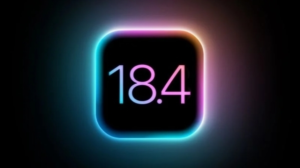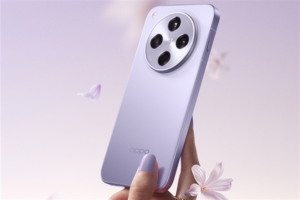Phones Without Apps Appear At MWC

At the World Mobile Congress (MWC), an AI startup named Humane introduced a groundbreaking product that caught the attention of many: the AI Pin. This device, fully native to AI technology, incorporates OpenAI’s advancements, laser projection, and gesture control, positioning itself as a beacon of hardware innovation in a landscape thirsty for novelty. Despite its allure, the AI Pin, when scrutinized against the benchmarks set by mass-produced consumer electronics, reveals its nascent stage in the journey toward becoming a fully-fledged product.
The AI Pin’s laser projection feature is a testament to Humane’s ambition to transcend traditional screen-based interfaces, although its display quality, reminiscent of a Casio digital watch’s simplicity, starkly contrasts with the rich visuals offered by mature OLED displays. This divergence underscores the experimental nature of the AI Pin, challenging the conventional expectations of display technology.

Priced at a steep $699, with an additional monthly subscription fee of $24, the AI Pin’s value proposition becomes a subject of debate. This pricing strategy invites a critical question: In an era dominated by smartphones, what unique need does the AI Pin fulfill? This dilemma mirrors the reception of the rabbit r1, a device that, despite its initial sales success at CES, faced similar inquiries regarding its practicality in the shadow of existing smartphone technology.
Meanwhile, at the same MWC event, Deutsche Telekom, in collaboration with AI startup Brain.ai, showcased the T-Phone, an AI concept phone that boldly claims to operate without apps. The T-Phone, with modest specifications including 2GB of RAM and the Snapdragon 625 processor from 2016, introduces a radical departure from app-centric design. Instead, it leverages AI to anticipate user needs and generate interfaces to assist in task completion, effectively eliminating the traditional app-based interaction model.
The T-Phone’s AI capabilities represent a fusion of cloud and edge computing, aiming to optimize power consumption for demanding tasks while minimizing latency for simpler operations. This innovative approach addresses the inherent limitations of today’s app-based interfaces, which struggle to dynamically adapt to human needs or learn from past interactions to better serve future requirements.
Brain.ai’s vision with the T-Phone is to reorient technology around the human experience, challenging the prevailing app-centric paradigm. By prioritizing AI-driven interactions over direct app engagement, the T-Phone aspires to return control to users, enabling technology that serves rather than dictates.
Despite its forward-thinking concept, the T-Phone’s reliance on the existing app ecosystem and its underlying traditional Android interface underscore the complexities of transitioning away from app dependence. The T-Phone’s blend of AI innovation with conventional smartphone functionality highlights the ongoing tension between the desire for technological advancement and the comfort of familiar user experiences.

The T-Phone’s proposition as a “super gateway” to AI, while compelling, also underscores the nascent stage of AI integration into daily technology. The device’s limited demonstration of use cases, coupled with its conceptual status, illustrates the challenges of replacing traditional smartphones with AI-centric alternatives.
In essence, the T-Phone and AI Pin represent ambitious steps towards a future where AI plays a central role in our interaction with technology. However, the journey from concept to practical application is fraught with challenges, including user acceptance, technological limitations, and the inertia of established habits. As these devices strive to redefine our technological landscape, they also remind us of the gradual nature of innovation, where each step forward builds upon the foundations laid by its predecessors.

Kazam is Focused on creating and reporting timely content in technology with a special focus on mobile phone technology. Kazam reports, analyzes, and reviews recent trends, news and rumors in mobile phone technology and provides the best possible insights to enhance your experience and knowledge.






